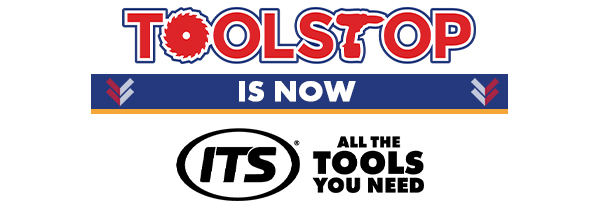Think about it – what tool is the most versatile available on the market today? Some will argue a combi drill, others will argue a heat gun (god knows why), while others might argue for mitre saws. Even though each opinion is valid, in my opinion they’re all wrong.
I submit to you, the jury, the multi tool – probably the most versatile, dynamic and versatile power tool to have in your arsenal.
But before I do, its worth clearing up something for all the anal-retentive’s amongst us (namely me) – Multitool, Multi-Tool or Multi Tool – however which way you want to spell it, it is still the same thing (unless you use Festool, in which case it’s a Vecturo Oscillator).
Why is a multI tool such a versatile power tool?
As the name of the product suggests, multi tools are the true all-rounders for working on the job.
These incredibly diverse machines are designed to ‘shake’ a blade from left to right at an incredibly high speed. These oscillations can run to up 10, 20, 30 thousand oscillations per minute.
The high speed of the machine, along with the appropriate ‘blade’, allow the power tool to perform a range of jobs.
Look at it from this angle – have you for a sander? Yes, fine. Have you for a grinder? Yes, good. Have you got a jigsaw or recip saw? Yes, doing well.
Now, what if you could combine all of those tools in to one unit?
THIS is where a multi-tool comes in. A single machine, a huge range of attachments that let you complete both small and large jobs at home or on a job.
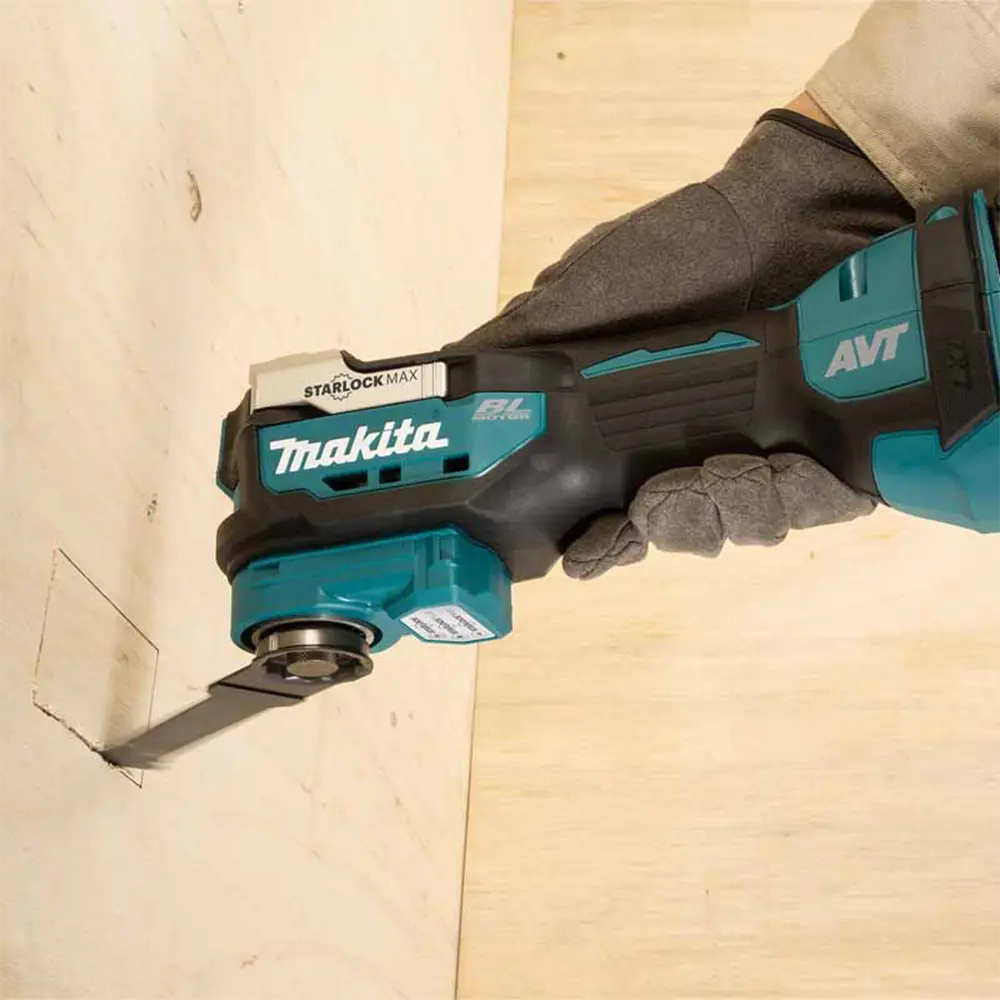
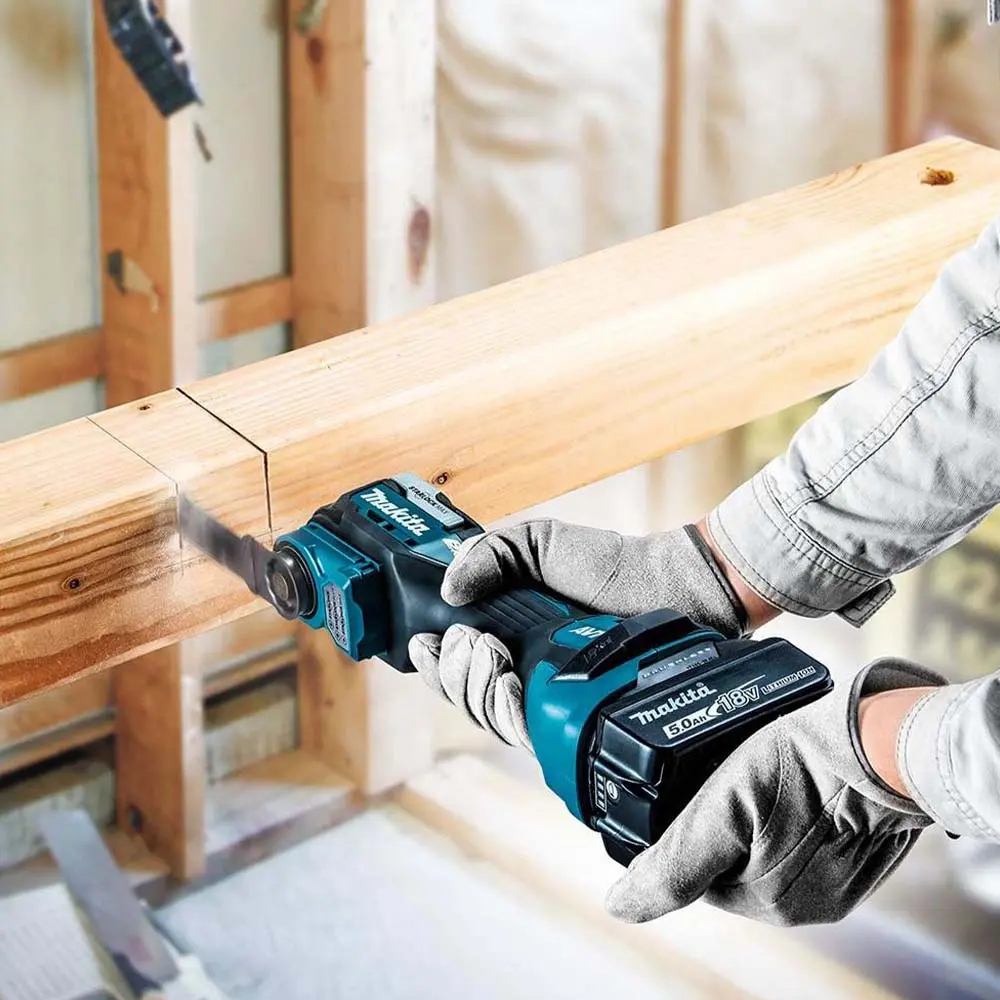
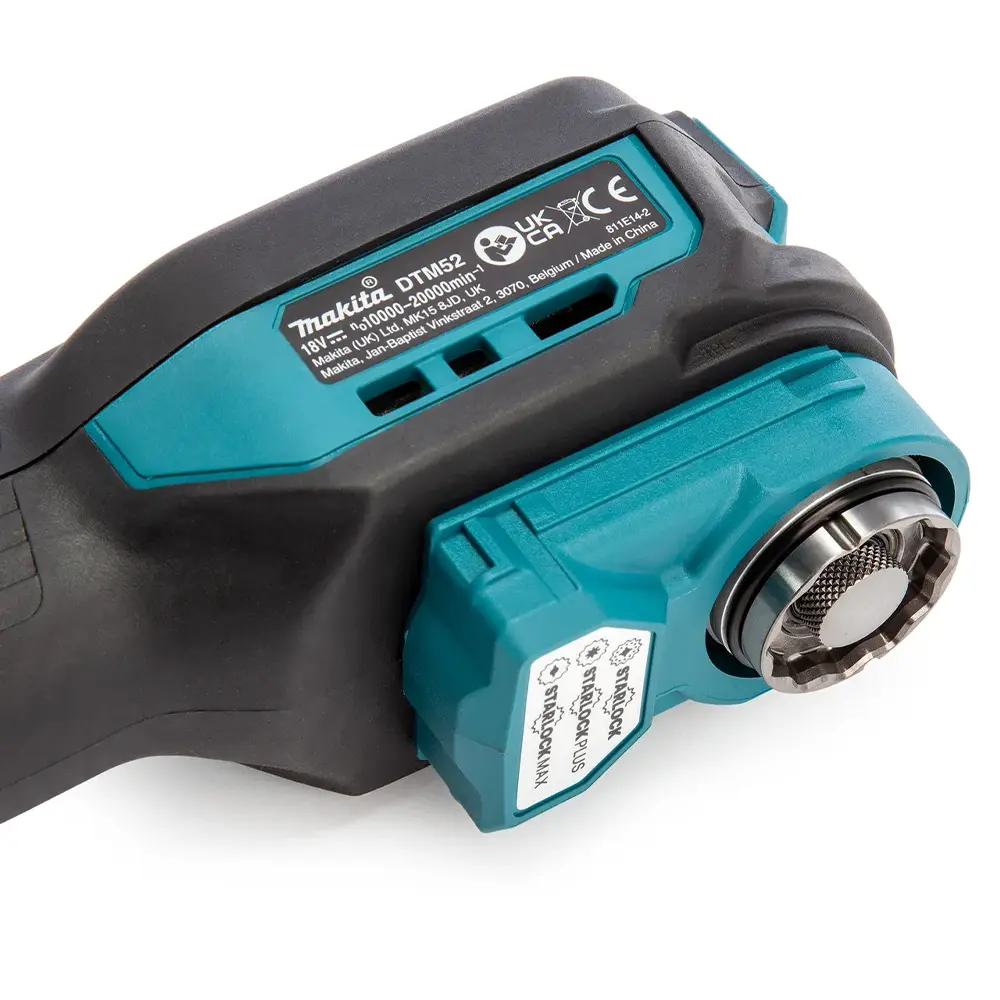
What materials will it work with?
As diverse as the machine is in terms of what it can do, it is exactly the same with the materials it will work with.
However, in the same way you need job specific blades for your jigsaw or specialist discs for your grinder, you will need the respective attachment for your Multi tool.
There are attachments for cutting, for sanding, grinding and even polishing. These ‘blades’ can be found as part of a multi-pack or as single items. There are blades for working with plastic, wood, masonry and metal.
For sanding, not only are there backing pads, but like any sander, different types of sanding paper for different materials. The same is true for polishing and grinding.
But there are some really cool attachments that you might do consider would work with a multi-tool; from Double socket box cutters, holesaws, to scrapers as well as depth control tools.
What models do Makita offer?
Currently available, there are 6 models to choose from. Here’s how they compare:
| Model | Range | Oscillations Per Minute (OPM) | Angle | Shank Fit | Wattage |
|---|---|---|---|---|---|
| M9800 KX2 MT-Series | Corded (240V) | 15,000 – 22,000 | 3.2° | O.I.S | 200W |
| TM3000C | Corded (110V / 240V) | 6000 – 20,000 | 3.2° | O.I.S | 320W |
| TM3010 | Corded (110V / 240V) | 6000 – 20,000 | 3.2° | O.I.S | 320W |
| TM30DZ | 12V CXT | 6000 – 20,000 | 3.2° | O.I.S | N/A |
| DTM51Z | 18V LXT | 6000 – 20,000 | 3.2° | O.I.S | 390W |
| DTM52Z | 18V LXT | 10,000 – 20,000 | 3.6° | Starlock MAX | 370W |
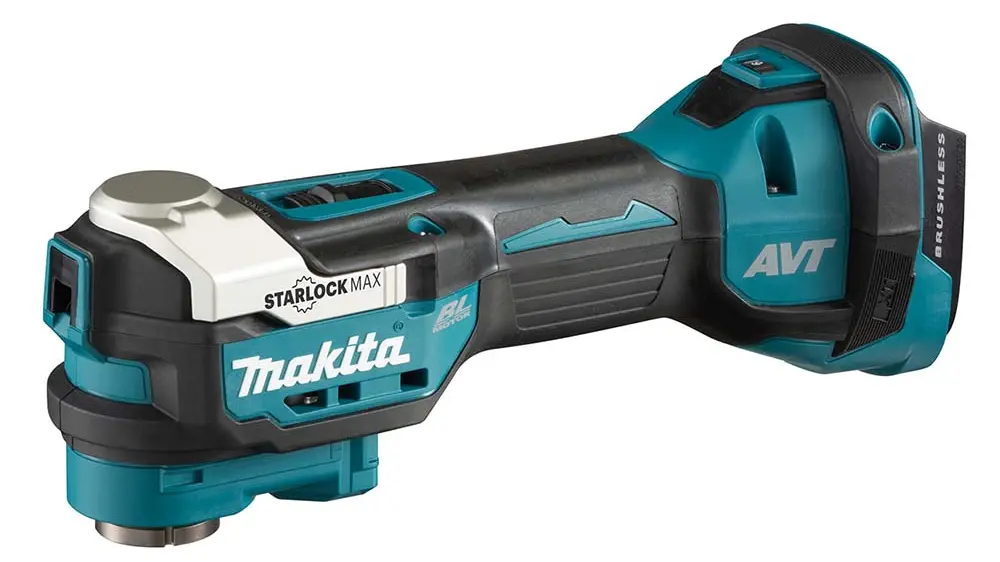

Observation: I have got no doubt that in the coming months or years, Makita will develop a 40V MAX XGT version. While one can dream what features it may have, I can pretty much guarantee that it will be the death kneel for the corded range. As mentioned in one of our other articles, the Makita 40V XGT range are designed to replace corded tools while maintaining the same levels of performance.
What to look for in a multi tool?
There are quite a number of features to look for when choosing the right multitool for you and your job.
The first point to consider is going to be power and where that power is supplied from.
Corded vs Cordless
It’s a well known and certainly well heard conversation trying to choose between which power source to choose from. Suffice it to say, that with investing in cordless, you will free yourself from any cables which in turn may restrict you working.
Perhaps you haven’t joined one of the cordless ranges or it could be that you need one “just in case” (how many men have kept hold of something “just in case”).
Oscillation Angle
For months, this confused me. I genuinely thought it was that I could angle the tool to this acceptable angle. Nope, nowhere near.
The oscillation angle is how are the front blade swings from left to right. The greater the angle, the more aggressive the attachment is at doing its respective job.
Which brings me neatly to…
Shank / Accessory Mount
All of the Makita multitools will use one of two attachment mounts; either O.I.S. or Starlock (and the variations of that – I’ll come to this, gimme a tick).
What’s the difference?
OIS means, Oscillating Interface System.
It was designed by Bosch for their accessories to work with their own Multitools. It was the first company to offer a standardised accessory mount for what was (and still is) a rapidly growing market.
Even though the system was initiated by Bosch, it has been quickly adopted by other key brands such as Makita, Milwaukee and a few others.
OIS blades and accessories tend to fit ‘on’ to the multi-tool, while Starlock blades fir ‘in’ to the tool. One of the major advantages of Starlock-fit machines is the 100% power transfer through to the blade or accessory.
The original Starlock mount was created by Bosch and Fein. It is a standardised accessory system that lets you use cross-brand accessories. Starlock blades feature a future-proof ‘cake-tin’ pattern for a 3D connection between the motor and accessory. This ensures 100% power transfer for maximum performance, stability and precision.
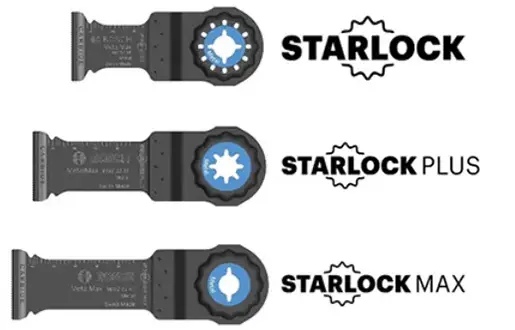
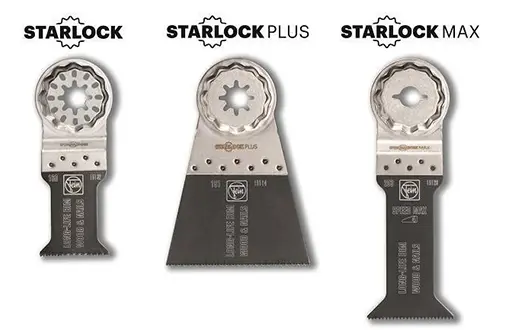
As well as ‘basic’ Starlock blades, there is also Starlock Plus and Starlock Max. The primary difference between each of these is the power requirement of each multi-tool. The more powerful the tool, the stronger the accessory is needed. Starlock Max is designed for the more high powered multi-tools.
How does it feel?
This is actually quite an important part of choosing the right tool. If something doesn’t feel right when you hold it, if it’s too heavy to use, or if you find something that just doesn’t fit right, then its not the one for you.
It also brings me back to the point of corded or cordless. Even though having a corded version may suit the budget or you want the peace of mind and consistent power, choosing a cordless multi tool will certainly give you the freedom to move around a larger area without worrying about cutting or damaging the cable by mistake.
We’ve got 3 stores, each with expert staff and areas when you can pick up a multi tool to see how it feels in your hands – come and see us; you’ll always be welcome, but if we’re a little too far away, then believe me when I say that we work closely with suppliers, including Makita to ensure we offer the best choice of tools.
I hope this has shown as well as persuaded you to invest in one of these.
A multi tool is really, as previously mentioned, the un-sung heroes of the building trade and definitely the most versatile power tool in any tradesman’s arsenal. From pro’s to DIY enthusiasts, the multi tool is the one power tool that should be in your hands. They’re adaptable, durable, reliable and suitable for multi-tasking.
So……which one would you choose?

